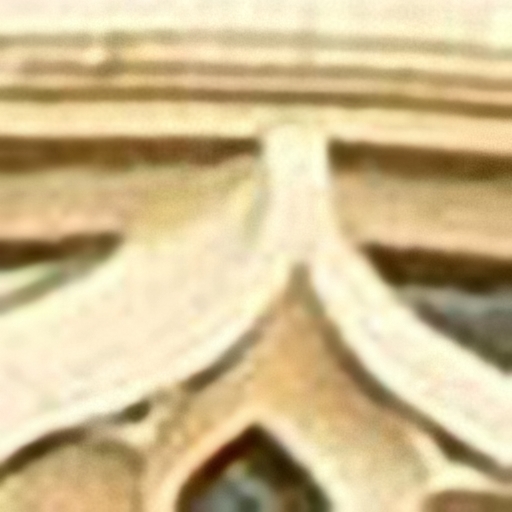
Upon closer inspection, you can see extremely slight gaps between the glass back meets the camera bar on my unit. If I'm going to be nitpicky, there are a few areas where it becomes apparent that Google's build quality isn't 100% up to Samsung's. It also serves the purpose of keeping the phone stable when placed down, unlike a camera bump. If you live in a colder climate, be sure to put a case on this one, as it's extremely easy to drop. The unfortunate side of the shine is that it also makes things very slippery.
Photozoom pro 6 review pro#
The Pixel 6 Pro ups the glam factor by making everything very shiny, including the side rails - which are a matte color on the regular Pixel 6. It's also the most well-made Pixel the company has ever produced. This makes it easy to identify where the buttons are and make them easier to press without looking another subtle design touch that shows quite a bit of thought went into every inch of the device. Similarly, Google reversed the side curve in-between the power and volume rocker buttons from a convex to a concave curve.


Conversely, most other camera bumps are usually off-center and end up making phones wobble when placed on a surface. It's not just great-looking though, it's also much more utilitarian than a camera bump as it makes the device lay evenly on a surface when placed down. The camera bar, in particular, is a bold design piece that feels like a natural evolution of the camera bar from the Nexus 6P. It's probably the most unique-looking phone of the year and certainly the most unique design Google has ever made for a Pixel. Google's striking design will undoubtedly turn heads. In fact, if you actually sit them side by side, the camera bars align perfectly between the two models, showing just how much care Google has put into making the designs near-identical. When putting the Pixel 6 and Pixel 6 Pro side-by-side, the backs look almost identical, with Pixel 6 Pro's taller forehead rising slightly more above the camera bar.

If you make poster-size prints, PhotoZoom is worth looking at.6.7-inch, 1440 x 3120 resolution (512 ppi), LTPO OLED, 10-120Hz refresh rateĤ8MP, ƒ/3.5, 0.8μm, 4x optical zoom (telephoto)ġ63.9mm height x 75.9mm width x 8.9mm depth There was no quality difference in the prints made from the 61-MB files however, the quality on the 137-MB file using PhotoZoom Pro was significantly better-the print was much cleaner, with less color artifacts, smoother edges, and more shadow detail. Results were a function of magnification. Using files from a 5-megapixel camera, I matched PhotoZoom Pro against the Bicubic Smoother setting in Photoshop CS2. The proprietary S-Spline XL algorithm is the best.

Simply type in new settings for image size and resolution, then choose from one of several interpolation algorithms. PhotoZoom’s interface has a large preview window and is easy to use. It supports batch processing and 48- and 64-bit images. BenVista claims that their S-Spline XL algorithm in ProtoZoom Pro 2 renders higher quality output by analyzing “the sharpness and evenness of the original image and deciding which parts of the image must be enlarged.” PhotoZoom Pro works as a standalone application and as a Photoshop export plug-in.
Photozoom pro 6 review software#
How your interpolation software analyzes the file and creates new pixels with a minimal loss of quality is key. One of my photography teachers said, “If you can’t make them good, make them big.” However, enlarging low-resolution digital files usually means a loss of quality, manifesting as serrated edges, color artifacts, and loss of smooth gradients and detail. Plug-in successfully enlarges low-res files


 0 kommentar(er)
0 kommentar(er)
